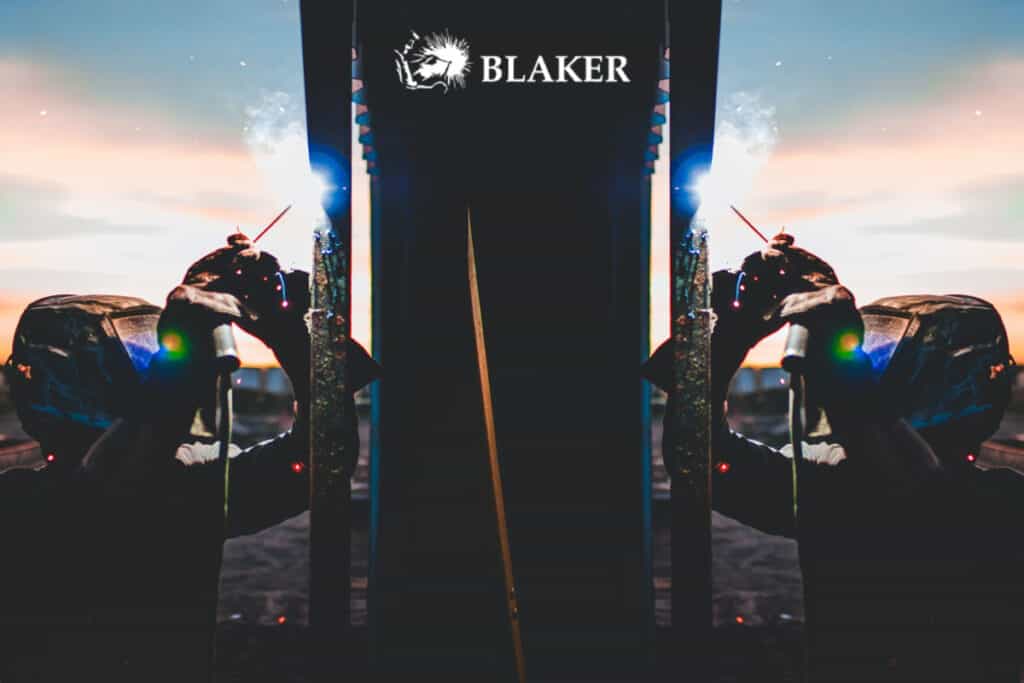Blaker Welding Ltd: Exploring different welding techniques
Here at Blaker Specialist Welding Ltd, near Billingshurst, West Sussex, we understand that there is often curiosity surrounding different welding techniques and their respective applications. While we offer a range of welding techniques, some may not be within our scope of services. Here’s a concise overview of the main welding techniques:
MIG Welding (Metal Inert Gas):
MIG welding is an excellent choice for beginners due to its user-friendly nature. This technique involves using a wire electrode to fuse base metals together. Its versatility makes it ideal for automotive repairs, fabrication, and general metalwork.
TIG Welding (Tungsten Inert Gas):
TIG welding is renowned for its precision and ability to produce high-quality welds. By utilising a non-consumable tungsten electrode, a welding arc is created to join metals. This technique is commonly employed in industries such as aerospace, automotive, and artistic welding, especially for stainless steel and aluminium.
Stick Welding (Shielded Metal Arc Welding):
Stick welding is a versatile and robust process that utilises a consumable electrode coated in flux. With manual control, the electrode gradually melts and is consumed during welding. It is frequently utilized in construction, maintenance, and repair work, particularly for welding heavy steel structures.
Flux-Cored Arc Welding (FCAW):
Similar to MIG welding, flux-cored arc welding employs a tubular wire filled with flux
instead of a solid wire electrode. The flux provides a shielding gas, eliminating the need for an external gas source. FCAW is commonly applied in heavy-duty applications such as shipbuilding, construction, and structural welding.
Submerged Arc Welding (SAW):
Submerged arc welding is a highly efficient technique where a continuous electrode is fed into the joint while a granular flux blanket covers the welding area. This method is
favored for welding thick sections of steel, frequently found in industries like shipbuilding, pipeline construction, and pressure vessel manufacturing.
Plasma Arc Welding (PAW):
Plasma arc welding employs a highly concentrated ionized gas plasma to create an electric arc. This process allows for precise control and is often utilized in specialised applications such as aerospace, precision welding of thin materials, and joining
non-ferrous metals.
Laser Welding:
Laser welding utilises a focused laser beam to melt and join metals. This precise and rapid technique finds extensive use in industries such as automotive, electronics, and medical equipment manufacturing. It is particularly advantageous for high-precision applications.
At Blaker, we understand that each welding technique possesses unique advantages and is ideally suited for specific applications. The choice of welding technique is
influenced by several factors, such as the material type, thickness, joint configuration, and desired weld quality. Our team takes great pride in our proficiency in accurately assessing these factors and selecting the most appropriate welding technique for every fabrication and repair project we undertake. However, it’s important to note that we do not currently provide services in laser welding, plasma arc welding, or submerged arc welding.








